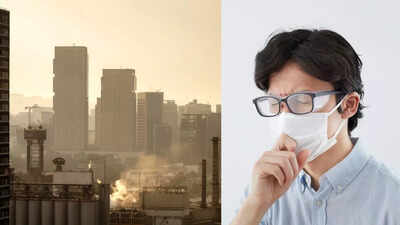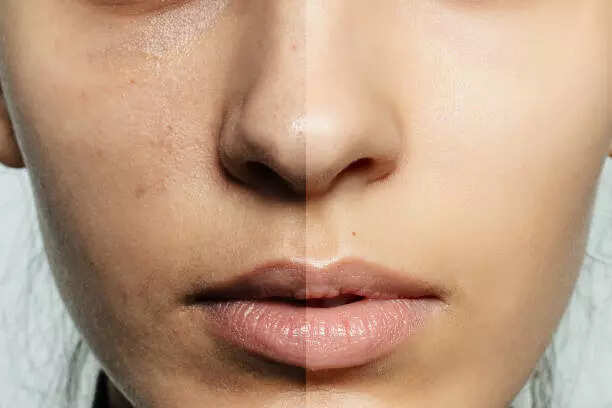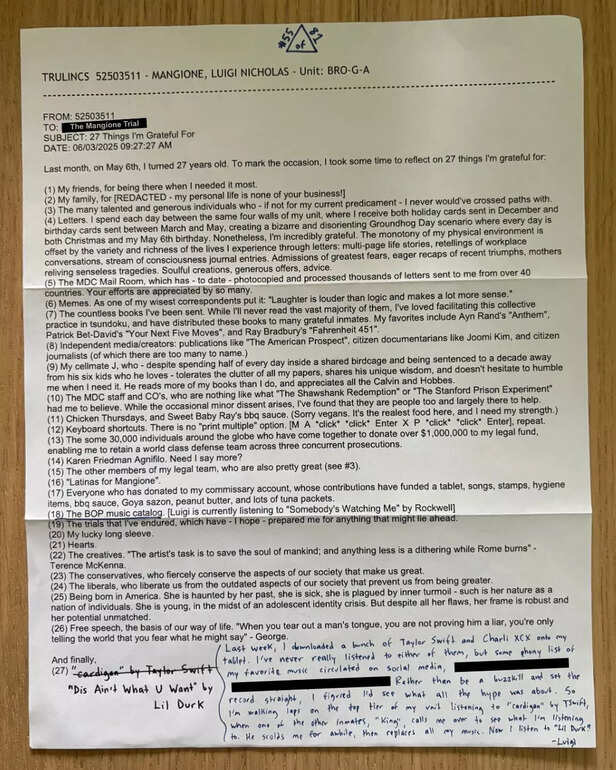Aurora Borealis Alert: Complete list of US states where Northern Lights will be visible tonight |
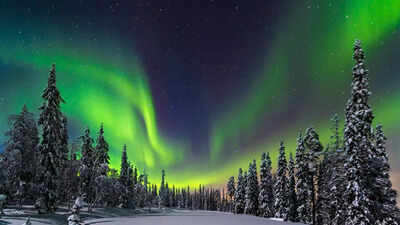
Millions of people around the world bucket list nature’s most extraordinary light show, the northern lights. Also known as the aurora borealis, they are shimmering, dancing waves of green, pink, and purple light that grace the night skies of high-latitude regions like a spectacular dance caused by the sun. The National Oceanic and Atmospheric Administration’s (NOAA) Space Weather Prediction Center has forecasted minor geomagnetic storm conditions for the upcoming days.Although it is a dream for many, seeing this celestial display in person often requires travel to remote areas near the Arctic Circle or Scandinavia.
Skywatchers are in for a treat this time!
Due to an unusually strong interaction between fast solar wind from a large coronal hole on the sun and Earth’s magnetic field, northern lights could be visible much farther south than usual. Forecasters are predicting geomagnetic storm conditions that may bring vibrant auroras to parts of the northern US, creating a rare chance to witness this breathtaking moment right from their backyards.
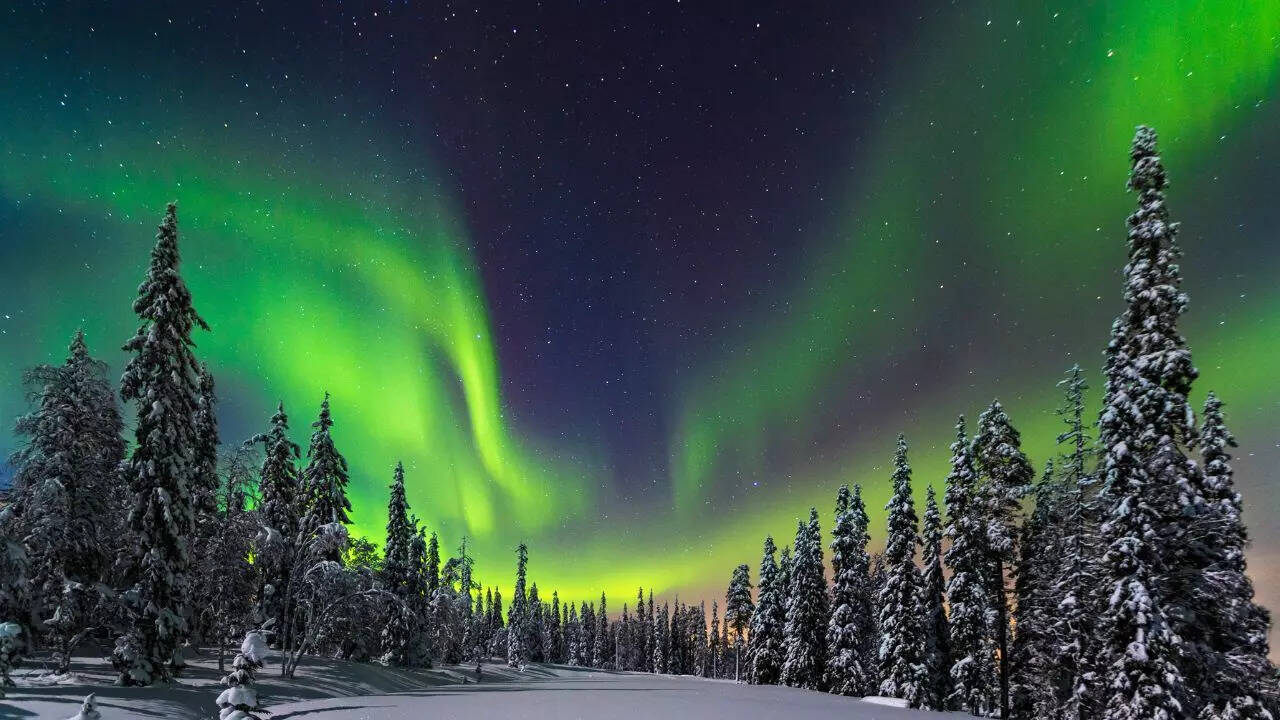
Aurora Borealis–Credit: Canva
When can you catch the Aurora Borealis
Aurora lovers can get ready for a possible light show as a fast solar wind from a large coronal hole on the sun interacts with Earth’s magnetic field, causing some disturbances. The National Oceanic and Atmospheric Administration’s (NOAA) Space Weather Prediction Center has forecasted minor geomagnetic storm conditions on October 28 and 29, with a chance of stronger moderate storms if the sun’s activity increases.The UK Met Office also predicts that the northern lights could extend as far south as Scotland and into northern US states based on solar wind strength and timing.This increased geomagnetic activity is partly due to a weak coronal mass ejection (CME) that happened on October 27 and the persistent fast solar wind from the Earth-facing coronal hole. The combination of these solar events could significantly increase solar wind speeds from October 28 through 29, leading to more vibrant auroral displays, as predicted by NOAA.

Aurora Borealis–Credit: Canva
List of US states that could witness the Northern Lights
According to NOAA’s Kp index forecast, a scale measuring geomagnetic storm strength, the aurora is expected to fluctuate between active and storm levels beginning early October 28 until the evening of October 29, making these nights particularly promising for aurora viewing.The latest NOAA aurora forecast map shows that 14 US states fall wholly or partly within the aurora view line:
- Alaska
- Montana
- North Dakota
- Minnesota
- Wisconsin
- Washington
- Idaho
- South Dakota
- Michigan
- Vermont
- New Hampshire
- Wyoming
- Iowa
- New York
While these states have the potential for sightings, auroras are quite unpredictable. Getting a good view depends on cloud-free skies, minimal light pollution, a clear northward horizon, and some luck.
Tips for catching the northern lights locally
- Here are some tips for those within the viewing zone eager to catch the northern lights:
- Choose a dark site far from city lights with an unobstructed view northwards.
- The best time to look is usually between midnight and 2 am local time, although auroras can appear anytime after twilight.
- Patience is key, as the lights often arrive in faint waves before growing brighter.
What is the Aurora Borealis, and how is it produced
Aurora Borealis, also known as the northern lights, is a stunning natural light display that occurs in the Earth’s northern skies. These lights appear as shimmering waves, curtains, or patches of colours such as green, pink, red, purple, and blue dancing across the night sky.
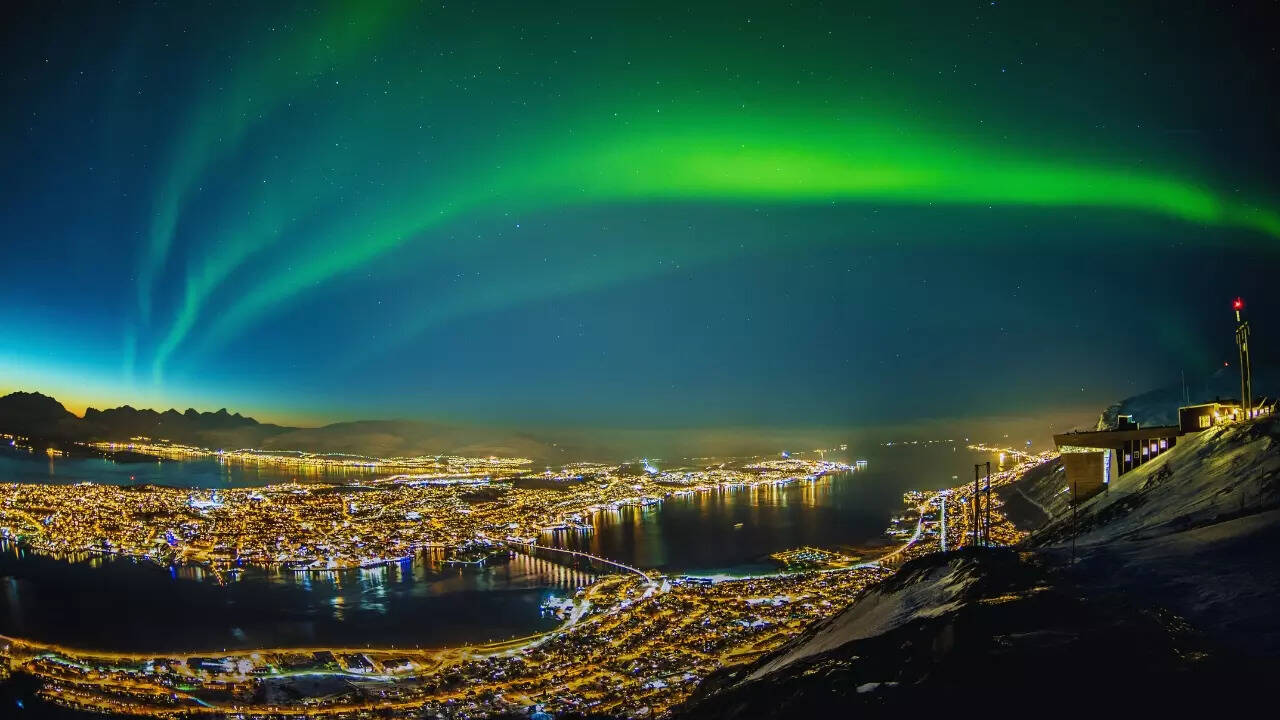
Aurora Borealis–Credit: Canva
Aurora borealis is produced due to the Sun’s activity. The sun constantly emits a stream of charged particles, known as the solar wind. When these particles reach Earth, they interact with its magnetic field, especially near the North and South Poles, guiding the particles down into the upper atmosphere.As these charged particles collide with gases in Earth’s atmosphere, mainly oxygen and nitrogen, they excite these atoms, causing them to emit light. Oxygen produces green and red colours, while nitrogen is responsible for blue, purple, and pink hues.



